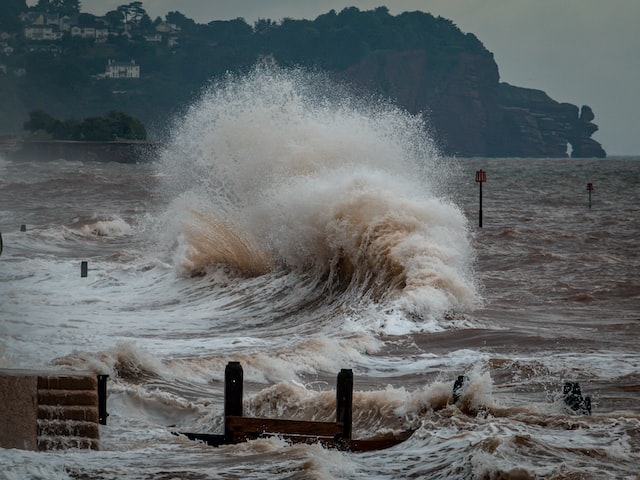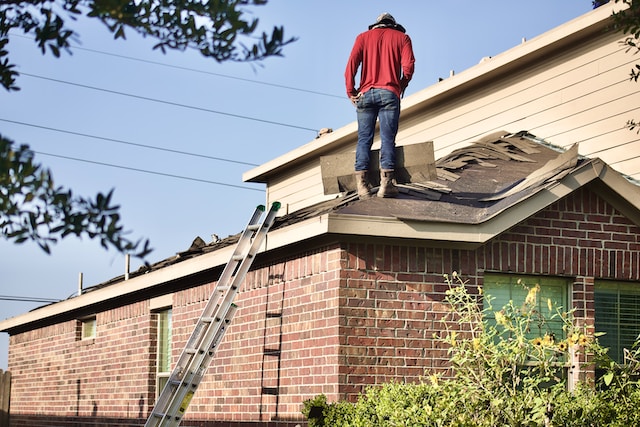As the world continues to grapple with the harsh realities of climate change, it has become crucial for individuals and communities to take action, be proactive, and prepare for the inevitable changes that lie ahead. Whether it’s preparing for natural disasters, adapting to new weather patterns, or reducing your carbon footprint, there’s a lot you can do to get ready for the future.

First and foremost, it’s essential to stay informed about the latest climate-related news and information. Make sure to follow reliable sources and keep up with the latest research and reports on the effects of climate change. Educating yourself can help you understand the risks and opportunities that come with the changing climate, and allow you to take informed steps to mitigate them.
As you prepare for climate change, it’s vital to have an emergency kit ready in case of natural disasters. This kit should include essentials such as water, non-perishable food, first aid supplies, flashlights, and blankets. Additionally, you should also have a plan in place for evacuations, and make sure that all members of your household are aware of what to do in case of an emergency.
In terms of reducing your footprint, one of the most significant steps you can take is to reduce your usage of fossil fuels. This might mean opting for public transportation, carpooling, or biking to work, or switching to renewable energy sources such as solar panels.
You can also reduce your energy consumption at home by using energy-efficient appliances, unplugging electronics when not in use, and turning off lights when you leave the room.

Another way to prepare for the future is by adapting to new weather patterns. For example, you may need to modify your home to withstand extreme heat, heavy rain, or flooding. This could involve adding insulation, installing storm shutters or reinforcing your foundation. You may also need to rethink your landscaping and make choices that are better suited to the changing climate. Drought-tolerant plants and rainwater harvesting systems, for example, can help you conserve water during dry spells.
Finally, the most important thing you can do to prepare for climate change is to be an advocate for change. Speak up about the issues and encourage your leaders to take action on climate change. Get involved in local and national campaign efforts, join an environmental advocacy group, or start your own initiative to raise awareness and effect change in your community.
In conclusion, preparing for climate change is no easy feat. It requires action, awareness, and commitment to creating sustainable and resilient communities. But with a little creativity, perseverance, and a passion for preserving our planet, we can make a real difference for ourselves and future generations.
Property Climate Prepping
If you own real estate or property that’s in an area most likely to be affected by climate change, here’s what you should do:
First, educate yourself about the specific risks and challenges that your area might face due to climate change. This could include increasing temperatures, sea-level rise, stronger storms, or more frequent flooding. Next, work with a professional to assess your property’s vulnerabilities and identify ways to make it more resilient to these challenges. This might include installing flood protection barriers, raising your home’s foundation, or adding thick insulation to keep your home cool during hotter months. Consider investing in renewable energy sources such as solar panels or wind turbines to reduce your dependence on fossil fuels and save money on energy bills in the long run.

Additionally, be proactive about maintaining your property. Regular inspections and maintenance can help identify potential problems before they become major issues.
Keep your trees trimmed and remove any dead branches that might fall during extreme weather. If you have a septic system or well, make sure they are functioning properly and are not at risk of contamination during flooding or other natural disasters.
Finally, make sure that you have adequate insurance coverage for both natural disasters and climate-related damage. Check with your insurance provider to ensure you have the right coverage to protect your property and personal belongings in case of emergencies. Climate change is a global challenge, but by taking proactive steps to prepare and adapt, you can protect your property and help build a more sustainable future for yourself and your community.


